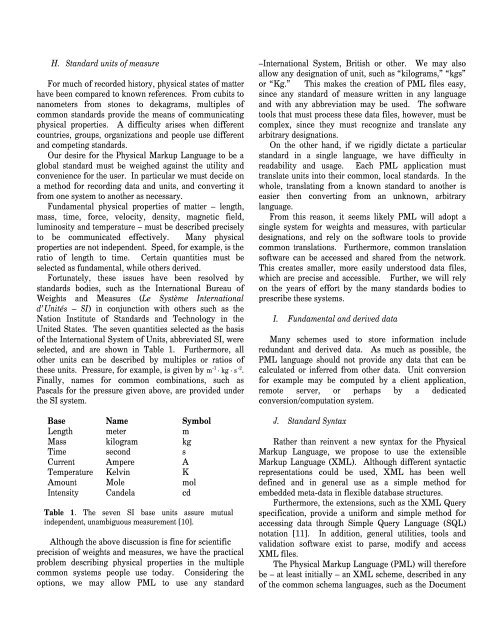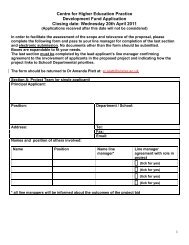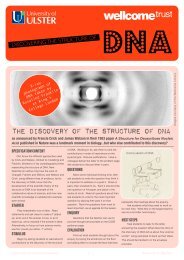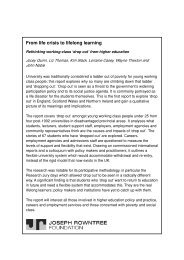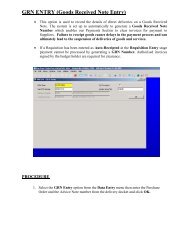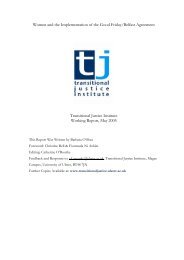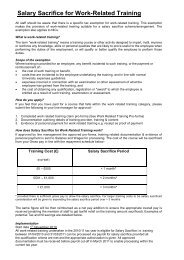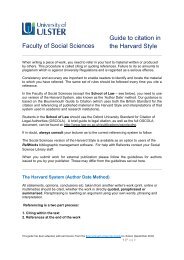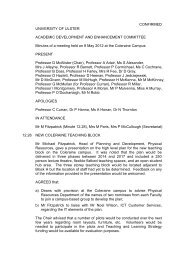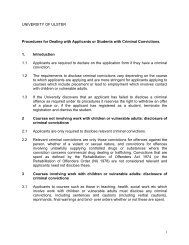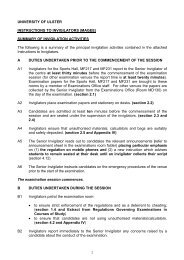The Physical Markup Language - Auto-ID Labs
The Physical Markup Language - Auto-ID Labs
The Physical Markup Language - Auto-ID Labs
You also want an ePaper? Increase the reach of your titles
YUMPU automatically turns print PDFs into web optimized ePapers that Google loves.
H. Standard units of measure<br />
For much of recorded history, physical states of matter<br />
have been compared to known references. From cubits to<br />
nanometers from stones to dekagrams, multiples of<br />
common standards provide the means of communicating<br />
physical properties. A difficulty arises when different<br />
countries, groups, organizations and people use different<br />
and competing standards.<br />
Our desire for the <strong>Physical</strong> <strong>Markup</strong> <strong>Language</strong> to be a<br />
global standard must be weighed against the utility and<br />
convenience for the user. In particular we must decide on<br />
a method for recording data and units, and converting it<br />
from one system to another as necessary.<br />
Fundamental physical properties of matter – length,<br />
mass, time, force, velocity, density, magnetic field,<br />
luminosity and temperature – must be described precisely<br />
to be communicated effectively. Many physical<br />
properties are not independent. Speed, for example, is the<br />
ratio of length to time. Certain quantities must be<br />
selected as fundamental, while others derived.<br />
Fortunately, these issues have been resolved by<br />
standards bodies, such as the International Bureau of<br />
Weights and Measures (Le Système International<br />
d’Unités – SI) in conjunction with others such as the<br />
Nation Institute of Standards and Technology in the<br />
United States. <strong>The</strong> seven quantities selected as the basis<br />
of the International System of Units, abbreviated SI, were<br />
selected, and are shown in Table 1. Furthermore, all<br />
other units can be described by multiples or ratios of<br />
these units. Pressure, for example, is given by m -1 · kg · s -2 .<br />
Finally, names for common combinations, such as<br />
Pascals for the pressure given above, are provided under<br />
the SI system.<br />
Base Name Symbol<br />
Length meter m<br />
Mass kilogram kg<br />
Time second s<br />
Current Ampere A<br />
Temperature Kelvin K<br />
Amount Mole mol<br />
Intensity Candela cd<br />
Table 1. <strong>The</strong> seven SI base units assure mutual<br />
independent, unambiguous measurement [10].<br />
Although the above discussion is fine for scientific<br />
precision of weights and measures, we have the practical<br />
problem describing physical properties in the multiple<br />
common systems people use today. Considering the<br />
options, we may allow PML to use any standard<br />
–International System, British or other. We may also<br />
allow any designation of unit, such as “kilograms,” “kgs”<br />
or “Kg.” This makes the creation of PML files easy,<br />
since any standard of measure written in any language<br />
and with any abbreviation may be used. <strong>The</strong> software<br />
tools that must process these data files, however, must be<br />
complex, since they must recognize and translate any<br />
arbitrary designations.<br />
On the other hand, if we rigidly dictate a particular<br />
standard in a single language, we have difficulty in<br />
readability and usage. Each PML application must<br />
translate units into their common, local standards. In the<br />
whole, translating from a known standard to another is<br />
easier then converting from an unknown, arbitrary<br />
language.<br />
From this reason, it seems likely PML will adopt a<br />
single system for weights and measures, with particular<br />
designations, and rely on the software tools to provide<br />
common translations. Furthermore, common translation<br />
software can be accessed and shared from the network.<br />
This creates smaller, more easily understood data files,<br />
which are precise and accessible. Further, we will rely<br />
on the years of effort by the many standards bodies to<br />
prescribe these systems.<br />
I. Fundamental and derived data<br />
Many schemes used to store information include<br />
redundant and derived data. As much as possible, the<br />
PML language should not provide any data that can be<br />
calculated or inferred from other data. Unit conversion<br />
for example may be computed by a client application,<br />
remote server, or perhaps by a dedicated<br />
conversion/computation system.<br />
J. Standard Syntax<br />
Rather than reinvent a new syntax for the <strong>Physical</strong><br />
<strong>Markup</strong> <strong>Language</strong>, we propose to use the extensible<br />
<strong>Markup</strong> <strong>Language</strong> (XML). Although different syntactic<br />
representations could be used, XML has been well<br />
defined and in general use as a simple method for<br />
embedded meta-data in flexible database structures.<br />
Furthermore, the extensions, such as the XML Query<br />
specification, provide a uniform and simple method for<br />
accessing data through Simple Query <strong>Language</strong> (SQL)<br />
notation [11]. In addition, general utilities, tools and<br />
validation software exist to parse, modify and access<br />
XML files.<br />
<strong>The</strong> <strong>Physical</strong> <strong>Markup</strong> <strong>Language</strong> (PML) will therefore<br />
be – at least initially – an XML scheme, described in any<br />
of the common schema languages, such as the Document


